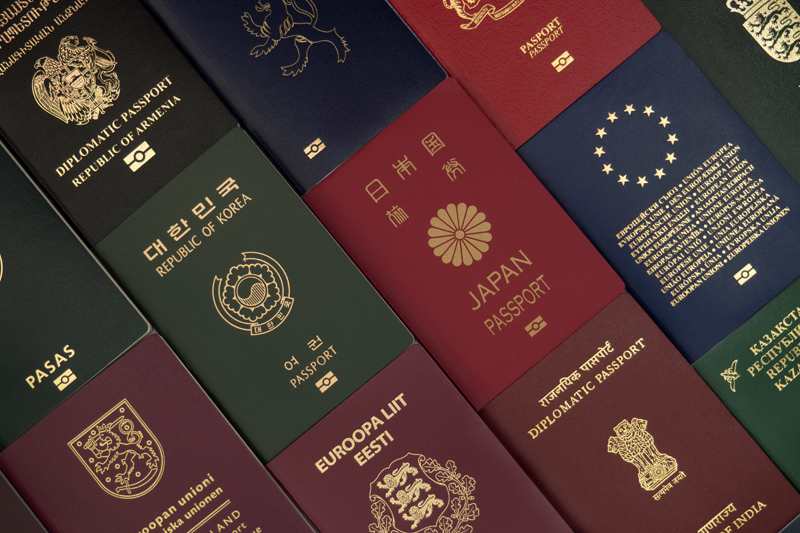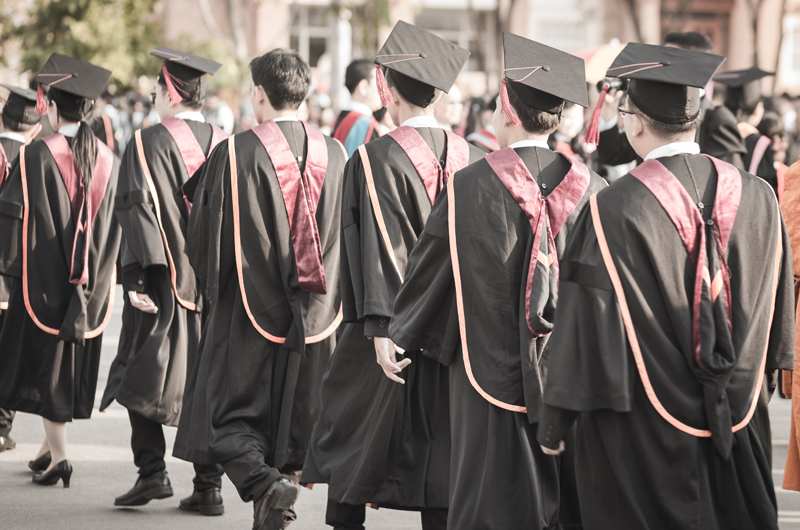Two of the three law schools in Connecticut are seeing double-digit drops in applications for the upcoming fall semester, according to Hartford Business.
Ed Wilkes, the associate vice president and dean of law admissions at Quinnipiac University School of Law, said, “The legal job market has suffered, and it hasn’t quite fully rebounded yet.”
Across the country, law applications have dropped by nine percent in 2014 when compared to data from Law School Admissions Council for 2013. LSAC said that there were 100,000 applications to law schools in 2004, but the number dropped to 59,400 in 2013.
“No one predicted there would be this kind of huge drop in applications,” Wilkes said.
School officials claim that the drop in applications is due to the withering of job prospects.
The associate dean for enrollment and strategic planning at the University of Connecticut School of Law, Ellen Rutt, said that the difficult outlook has caused a “turn off about law school in general.”
Quinnipiac has already dropped its class size from 123 to 84 to deal with fewer applications and to continue the school’s tough admission standards. Wilkes said that applications have dropped by 20-25 percent from last year.
Wilkes said that the school would prefer a larger class, but the lower numbers are in-line with the school’s long-term plan to become as selective as possible.
“We’ve decided to try and maintain quality as best we can, which means smaller classes,” Wilkes said.
UConn School of Law extended its application deadline into July in an effort to bring in more applicants. Rutt said that applications dropped by double-digits as of May.
Janet Conroy, the director of communications at Yale Law School, said, “We’re a very small law school, so we haven’t experienced any unusual drop in applications and our enrollment has remained unaffected.”
According to LSAC, there were 199 students enrolled at Yale in 2013.
Rutt said that UConn law students have debt that is below the national average, which is appealing to some applicants.
“It allows our students to avoid having to stretch really hard to get one of those relatively scarce, very high-paying jobs at firms not doing much hiring right now,” Rutt said.
There is a positive to the lower admission rates; there is a lower faculty-to-student ratio at many law schools across the country. Rutt said that “law schools are finally recognizing students as individuals and not statistics.” Students are enjoying more one-on-one time with professors, have better access to clinics, and are able to take more diverse courses.





































